A Fundamental Guide To Brine Waste Treatment Systems
Usually dispatched in 2 to 3 days
Usually dispatched in 2 to 3 days
Category:
Wastewater Treatment
Only logged in customers who have purchased this product may leave a review.
Related products
A study on The Removal of Some Phenolic Compounds from Wastewater
ABSTRACT:
The removal by means of Advanced Oxidation Processes (AOPs) is an attractive option for the treatment of industrial wastewater containing phenolic compounds in an environmental . The present work would summarize some AOPs technologies focusing only on heterogeneous catalytic removal of phenol and highlighting the catalysts activity and reaction conditions. The catalysts used were H ZSM-5,H-Mordenite and Bentonite. H-ZSM-5,H-Mordenite doped with Platinum (Pt) were prepared and characterized by using X-ray diffraction analysis (XRD), thermal analysis, Scanning electron microscopy, High Resolution Transmission electron microscopy, pluse titration measurements, nitrogen adsorption desorption at -196°C. the experimental parameters affecting the removal efficiency were time, temperature, pH, initial phenol concentrations, catalyst dose and the effect of irradiating with Ultraviolet (UV –C) were studied . The optimum conditions for the removal of each catalyst were investigated .
A study on The Removal of Some Phenolic Compounds from Wastewater
ABSTRACT:
The removal by means of Advanced Oxidation Processes (AOPs) is an attractive option for the treatment of industrial wastewater containing phenolic compounds in an environmental . The present work would summarize some AOPs technologies focusing only on heterogeneous catalytic removal of phenol and highlighting the catalysts activity and reaction conditions. The catalysts used were H ZSM-5,H-Mordenite and Bentonite. H-ZSM-5,H-Mordenite doped with Platinum (Pt) were prepared and characterized by using X-ray diffraction analysis (XRD), thermal analysis, Scanning electron microscopy, High Resolution Transmission electron microscopy, pluse titration measurements, nitrogen adsorption desorption at -196°C. the experimental parameters affecting the removal efficiency were time, temperature, pH, initial phenol concentrations, catalyst dose and the effect of irradiating with Ultraviolet (UV –C) were studied . The optimum conditions for the removal of each catalyst were investigated .
Use of 4IR Technologies in Water and Sanitation in Latin America and the Caribbean
The United Nations’ Sustainable Development Goal 6 (SDG 6) aims to ensure the availability and management of water and sanitation for all, including an end to open defecation, by 2030.1 Lack of access to clean water and proper sanitation affect all aspects of human life across the globe, having the largest negative effects on least developed countries and marginalized communities. About 36% of the global population live in water-scarce regions, with more
than two billion people having no other choice but to consume contaminated water. Water pollution is the greatest culprit in ecosystem destruction, leading to biodiversity loss with often irreversible consequences. Water scarcity is expected to displace 700 million people by 2030, while desertification will put the livelihood of one billion people living in 100 countries across the world at risk by 2050.2 Despite these risks, our society has very few incentives to consume less water, maintain water quality, or allocate funding and resources to ecosystems
or social objectives.3 In order to fulfill the objectives of the SDG 6, the High Level Panel on Water called for a “fundamental shift in the way the world looks at and manages water”, noting that a 40% shortfall in water availability by 2030 could be expected if no action is taken.4 An urgent need to develop innovative approaches to solve global water scarcity and quality issues has arisen, as traditional financing solutions and technologies have proven to be insufficient in addressing these challenges.
Use of 4IR Technologies in Water and Sanitation in Latin America and the Caribbean
The United Nations’ Sustainable Development Goal 6 (SDG 6) aims to ensure the availability and management of water and sanitation for all, including an end to open defecation, by 2030.1 Lack of access to clean water and proper sanitation affect all aspects of human life across the globe, having the largest negative effects on least developed countries and marginalized communities. About 36% of the global population live in water-scarce regions, with more
than two billion people having no other choice but to consume contaminated water. Water pollution is the greatest culprit in ecosystem destruction, leading to biodiversity loss with often irreversible consequences. Water scarcity is expected to displace 700 million people by 2030, while desertification will put the livelihood of one billion people living in 100 countries across the world at risk by 2050.2 Despite these risks, our society has very few incentives to consume less water, maintain water quality, or allocate funding and resources to ecosystems
or social objectives.3 In order to fulfill the objectives of the SDG 6, the High Level Panel on Water called for a “fundamental shift in the way the world looks at and manages water”, noting that a 40% shortfall in water availability by 2030 could be expected if no action is taken.4 An urgent need to develop innovative approaches to solve global water scarcity and quality issues has arisen, as traditional financing solutions and technologies have proven to be insufficient in addressing these challenges.
Module 13: General Administration of Wastewater Treatment Plants
.List the types of data collected at a plant.
.Analyze typical plant data.
.Describe methods for presenting plant data.
.Explain the frequency and types of reports utilized at a plant.
Module 13: General Administration of Wastewater Treatment Plants
.List the types of data collected at a plant.
.Analyze typical plant data.
.Describe methods for presenting plant data.
.Explain the frequency and types of reports utilized at a plant.
A Simple Guide To The Chemistry, Selection And Use Of Chemicals For Water And Wastewater Treatment
Introduction
Every year in South Africa an estimated R500m is spent on chemicals used in the treatment of drinking and waste water. Most of this money is allocated on the basis of tenders issued and contracts awarded. The evaluation of tenders is generally undertaken by a team of people from various disciplines within the awarding organization and the decisions they make can have a significant effect on the quality of water or waste that is produced and also on the finances of the organization for which they work. It is obvious therefore that these decisions – which chemicals to use, how much to use, how much should be paid, who is the most professional supplier – are important ones and ones that should be taken whilst in possession of the most factual and impartial information. This guide aims to provide those decision-makers, and other users of water treatment chemicals, with specific and useful information about water treatment chemicals. It is a chemistry text book aimed specifically at those people who have to make informed decisions but who have not had a formal education in chemistry or whose chemistry education has not been specific in detail relevant to water treatment chemicals. It does not, however, aim to be a comprehensive chemistry textbook and chemicals not used in water treatment are not discussed; nor are properties that are irrelevant to the water treatment application of the chemical. The guide is designed to serve as a reference book with each chapter being self contained and specific. It will be easily understood by those readers that do not have a formal chemistry education and hopefully will provide some useful additional insight and information to those that The guide is divided into ten chapters and includes an appendix at the end that contains various useful equations. The contents of each chapter are listed below.
A Simple Guide To The Chemistry, Selection And Use Of Chemicals For Water And Wastewater Treatment
Introduction
Every year in South Africa an estimated R500m is spent on chemicals used in the treatment of drinking and waste water. Most of this money is allocated on the basis of tenders issued and contracts awarded. The evaluation of tenders is generally undertaken by a team of people from various disciplines within the awarding organization and the decisions they make can have a significant effect on the quality of water or waste that is produced and also on the finances of the organization for which they work. It is obvious therefore that these decisions – which chemicals to use, how much to use, how much should be paid, who is the most professional supplier – are important ones and ones that should be taken whilst in possession of the most factual and impartial information. This guide aims to provide those decision-makers, and other users of water treatment chemicals, with specific and useful information about water treatment chemicals. It is a chemistry text book aimed specifically at those people who have to make informed decisions but who have not had a formal education in chemistry or whose chemistry education has not been specific in detail relevant to water treatment chemicals. It does not, however, aim to be a comprehensive chemistry textbook and chemicals not used in water treatment are not discussed; nor are properties that are irrelevant to the water treatment application of the chemical. The guide is designed to serve as a reference book with each chapter being self contained and specific. It will be easily understood by those readers that do not have a formal chemistry education and hopefully will provide some useful additional insight and information to those that The guide is divided into ten chapters and includes an appendix at the end that contains various useful equations. The contents of each chapter are listed below.
Innovative Process for Granulation of Continuous Flow Conventional Activated Sludge
The objective of this presentation is to:
• Introduce Aerobic Granular Sludge (AGS), including mechanisms for formation and benefits
• Present performance data for a Nereda® SBR pilot
• AECOM’s continuous-flow granular sludge process for BNR infra-stretching or footprint reductions
Innovative Process for Granulation of Continuous Flow Conventional Activated Sludge
The objective of this presentation is to:
• Introduce Aerobic Granular Sludge (AGS), including mechanisms for formation and benefits
• Present performance data for a Nereda® SBR pilot
• AECOM’s continuous-flow granular sludge process for BNR infra-stretching or footprint reductions
Discharge quality from municipal wastewater treatment plants and the Sludge Biotic Index for activated sludge: integrative assessment
Abstract
Wastewater treatment plants (WWTPs) are scrutinized by Environmental Authorities particularly regarding the compliance to discharge limit values fixed by national and local regulations. An integrated approach is necessary to achieve the objectives established with Directive 2000/60/EC (WFD) considering the ecological status of the receiving water body and the quality of the discharge. Specifically, documentary, technical, management and analytical controls should be developed. Moreover, integrative information on the behaviour of the activated sludge in the aeration tank can be useful for plant managers as well as for the regulating Authorities. The study presents the experience concerning WWTP regulation considering the analytic assessment of the discharge as well the monitoring of the Sludge Biotic Index (SBI) for activated sludge. Data from monitoring during the period 2008–14 on SBI values and chemical and microbiological data on the discharges of a sample of 35 WWTPs in the province of Venice (north-east Italy, Veneto region) are presented and discussed. Together with chemical and microbiological analysis, the SBI appears to be a highly useful index for the integrative assessment of plant functionality, in particular when monitoring and identifying critical situations that can determine the exceedance of discharge limit values. The SBI method, in an integrated control approach, can be used for small and medium sized WWTPs that only treat domestic wastewaters. In a case by case assessment this may even substitute part of the analytical monitoring carried out in the WWTPs' control process.
Discharge quality from municipal wastewater treatment plants and the Sludge Biotic Index for activated sludge: integrative assessment
Abstract
Wastewater treatment plants (WWTPs) are scrutinized by Environmental Authorities particularly regarding the compliance to discharge limit values fixed by national and local regulations. An integrated approach is necessary to achieve the objectives established with Directive 2000/60/EC (WFD) considering the ecological status of the receiving water body and the quality of the discharge. Specifically, documentary, technical, management and analytical controls should be developed. Moreover, integrative information on the behaviour of the activated sludge in the aeration tank can be useful for plant managers as well as for the regulating Authorities. The study presents the experience concerning WWTP regulation considering the analytic assessment of the discharge as well the monitoring of the Sludge Biotic Index (SBI) for activated sludge. Data from monitoring during the period 2008–14 on SBI values and chemical and microbiological data on the discharges of a sample of 35 WWTPs in the province of Venice (north-east Italy, Veneto region) are presented and discussed. Together with chemical and microbiological analysis, the SBI appears to be a highly useful index for the integrative assessment of plant functionality, in particular when monitoring and identifying critical situations that can determine the exceedance of discharge limit values. The SBI method, in an integrated control approach, can be used for small and medium sized WWTPs that only treat domestic wastewaters. In a case by case assessment this may even substitute part of the analytical monitoring carried out in the WWTPs' control process.
Chemical Cleaning Of Ultrafiltration Membrane After Treatment Of Oily Wastewater
Abstract:
Oily wastewaters and Oil–in-water emulsions are two of the major pollutants of the environment. Ultrafiltration (UF) membranes play an important role in the treatment and reuse of oily wastewaters. Fouling of UF membranes is typically caused by inorganic and organic materials present in wastewaters that adhere to the surface and pores of the membrane and result in the deterioration of performance with a consequent increase in energy costs and membrane replacement. In the experiments, polyacrylonitrile (PAN) and outlet wastewater of the API (American Petroleum Institute) separator unit of Tehran refinery as membrane and feed were used, respectively. Fouling and cleaning experiments were performed with oily wastewater and selected cleaning agents using a laboratory scale cross flow test unit. The results showed that metal chelating agent (ethylene diamine tetra acetic acid disodium salt-2-hydrate (EDTA)) and an anionic surfactant (sodium dodecyl sulfate (SDS)) were able to Clean the fouled UF membrane effectively by optimizing chemical (pH) and physical
(cleaning time, cross flow velocity (CFV) and temperature) conditions during cleaning. Flux recovery and resistance removal were found to improve with increasing CFV, temperature, pH, cleaning time and concentration of the cleaning chemicals. In this paper, the cleaning mechanism is also investigated.
Chemical Cleaning Of Ultrafiltration Membrane After Treatment Of Oily Wastewater
Abstract:
Oily wastewaters and Oil–in-water emulsions are two of the major pollutants of the environment. Ultrafiltration (UF) membranes play an important role in the treatment and reuse of oily wastewaters. Fouling of UF membranes is typically caused by inorganic and organic materials present in wastewaters that adhere to the surface and pores of the membrane and result in the deterioration of performance with a consequent increase in energy costs and membrane replacement. In the experiments, polyacrylonitrile (PAN) and outlet wastewater of the API (American Petroleum Institute) separator unit of Tehran refinery as membrane and feed were used, respectively. Fouling and cleaning experiments were performed with oily wastewater and selected cleaning agents using a laboratory scale cross flow test unit. The results showed that metal chelating agent (ethylene diamine tetra acetic acid disodium salt-2-hydrate (EDTA)) and an anionic surfactant (sodium dodecyl sulfate (SDS)) were able to Clean the fouled UF membrane effectively by optimizing chemical (pH) and physical
(cleaning time, cross flow velocity (CFV) and temperature) conditions during cleaning. Flux recovery and resistance removal were found to improve with increasing CFV, temperature, pH, cleaning time and concentration of the cleaning chemicals. In this paper, the cleaning mechanism is also investigated.
Advanced wastewater treatment for separation and removal of pharmaceutical residues and other hazardous substances
The Swedish Environmental Protection Agency (EPA) has determined a need to introduce advanced treatment for pharmaceutical residues in wastewater. An additional benefit of such a treatment is that it would also include the treatment of other hazardous substances.The extent to which pharmaceutical residues risk becoming a problem depends on local conditions such as the sensitivity of the receiving waters. While this is an important variable to consider, the Swedish EPA believes that the sensitivity of the receiving waters should not be the only consideration when setting requirements for treatment. The amount of released pharmaceutical residues and long-term effects should also be considered in decision making and justification. The investment and operational costs of introducing advanced treatment depend in part on the size and current capacity of treatment facilities, which is why size limitations can be an additional consideration when setting requirements.
Advanced wastewater treatment for separation and removal of pharmaceutical residues and other hazardous substances
The Swedish Environmental Protection Agency (EPA) has determined a need to introduce advanced treatment for pharmaceutical residues in wastewater. An additional benefit of such a treatment is that it would also include the treatment of other hazardous substances.The extent to which pharmaceutical residues risk becoming a problem depends on local conditions such as the sensitivity of the receiving waters. While this is an important variable to consider, the Swedish EPA believes that the sensitivity of the receiving waters should not be the only consideration when setting requirements for treatment. The amount of released pharmaceutical residues and long-term effects should also be considered in decision making and justification. The investment and operational costs of introducing advanced treatment depend in part on the size and current capacity of treatment facilities, which is why size limitations can be an additional consideration when setting requirements.


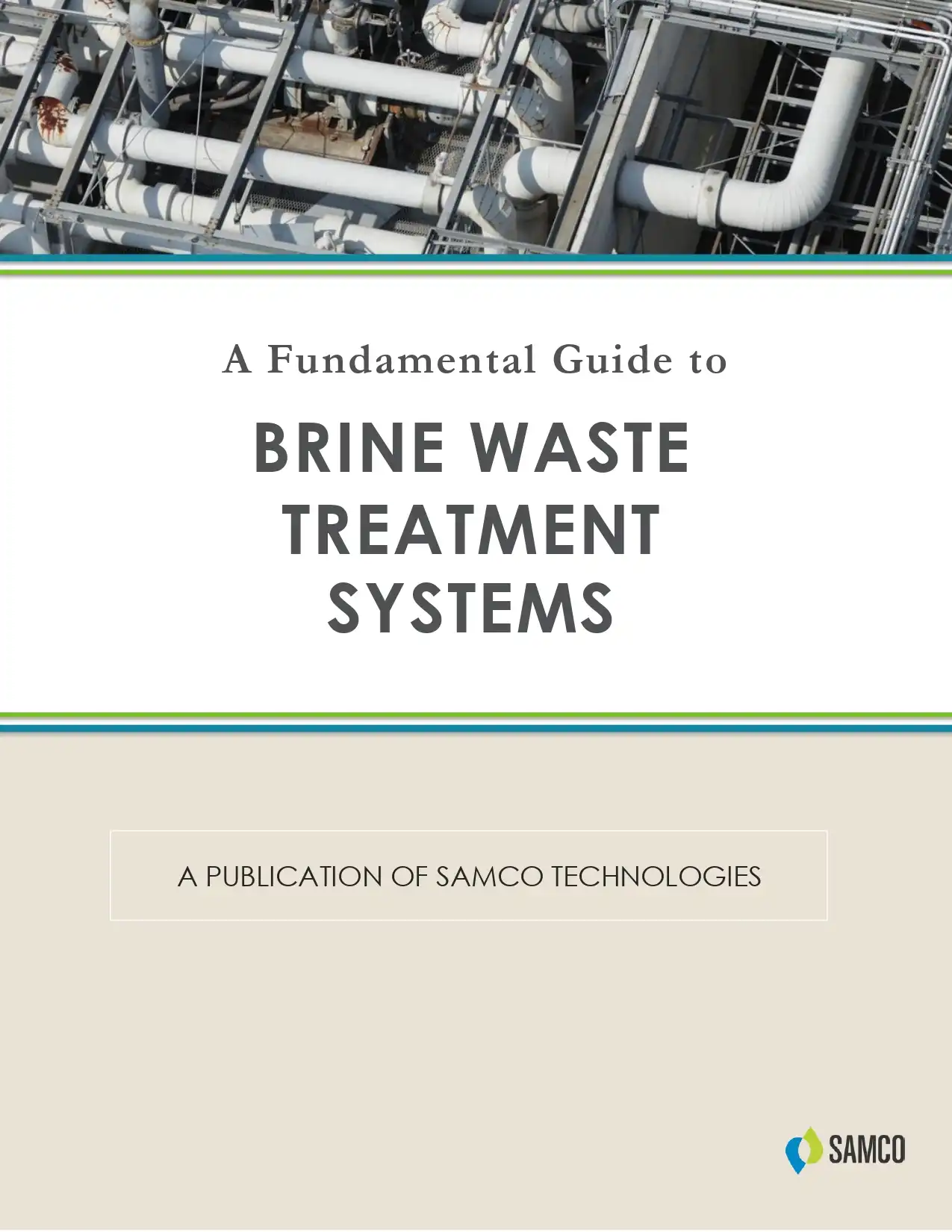
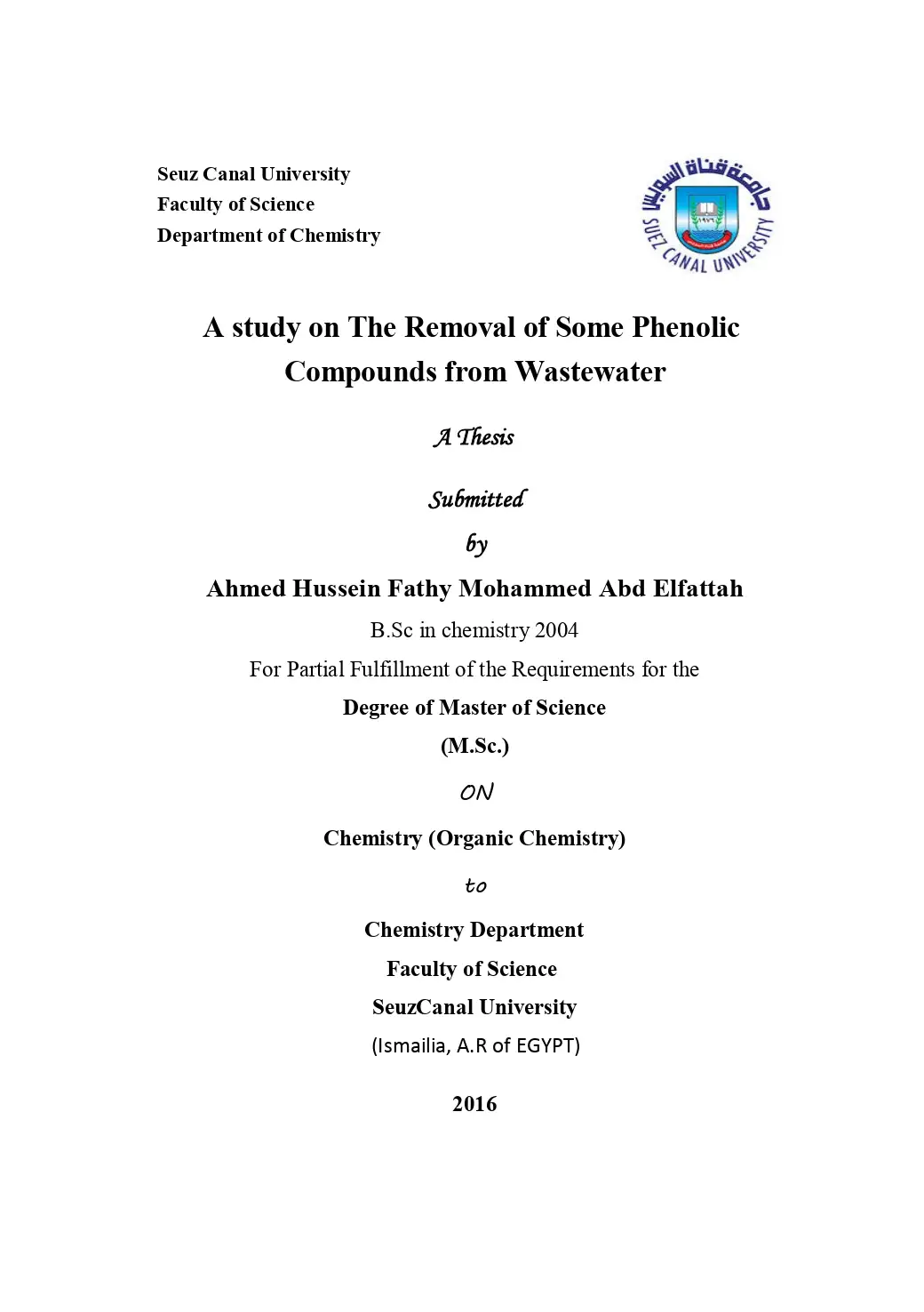
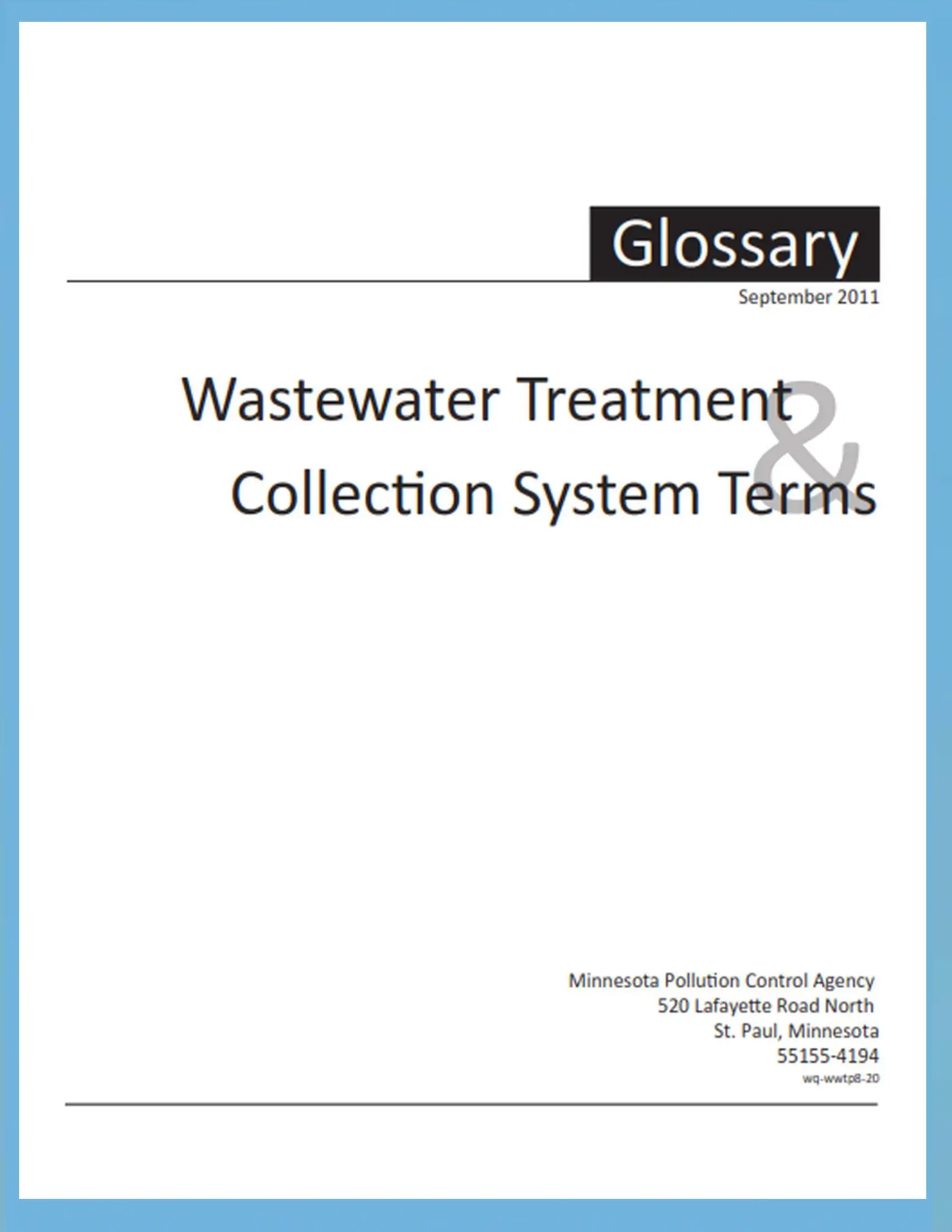
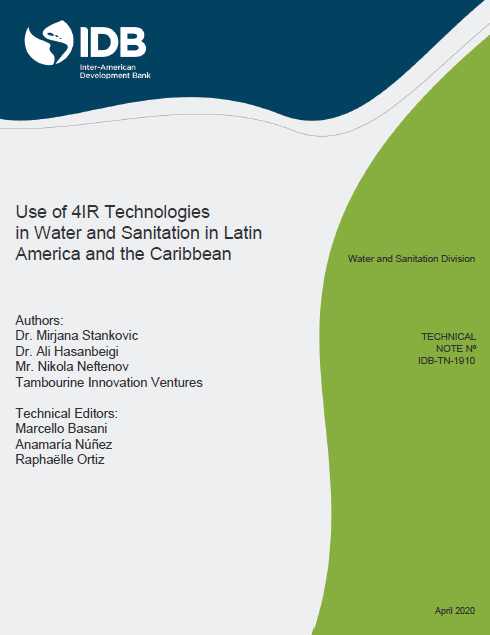
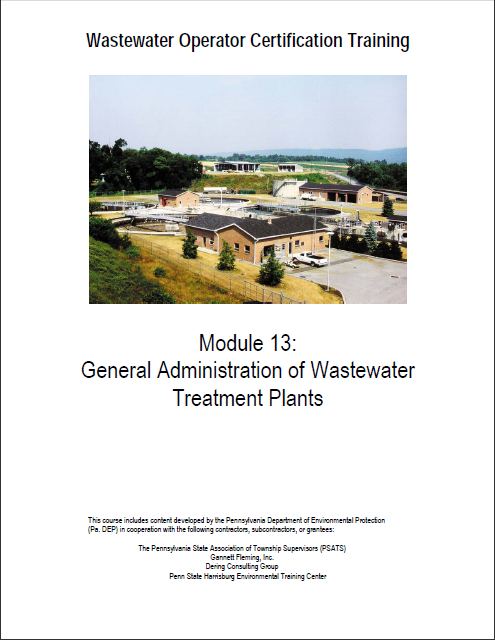
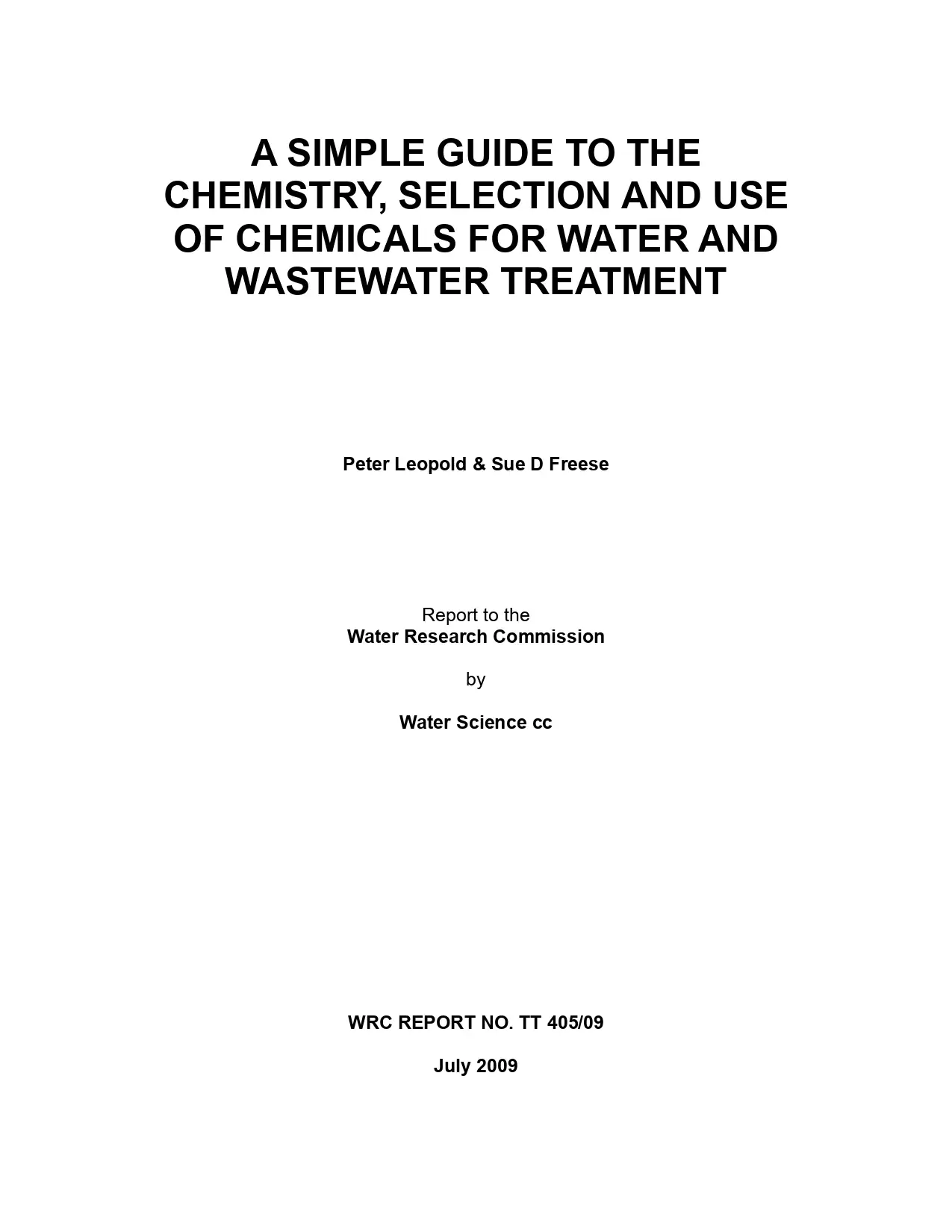
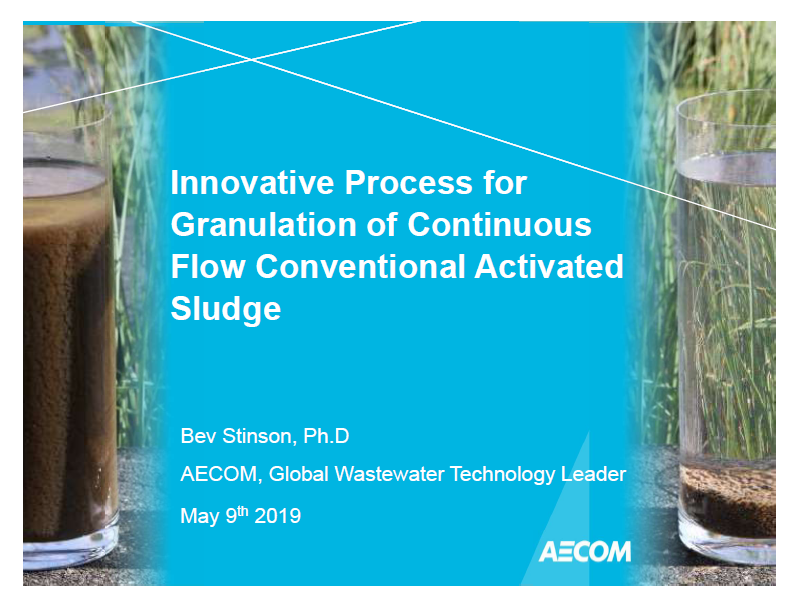
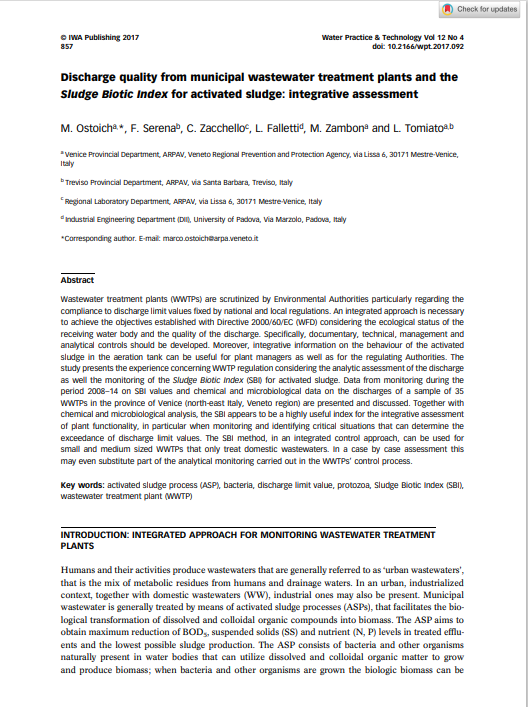
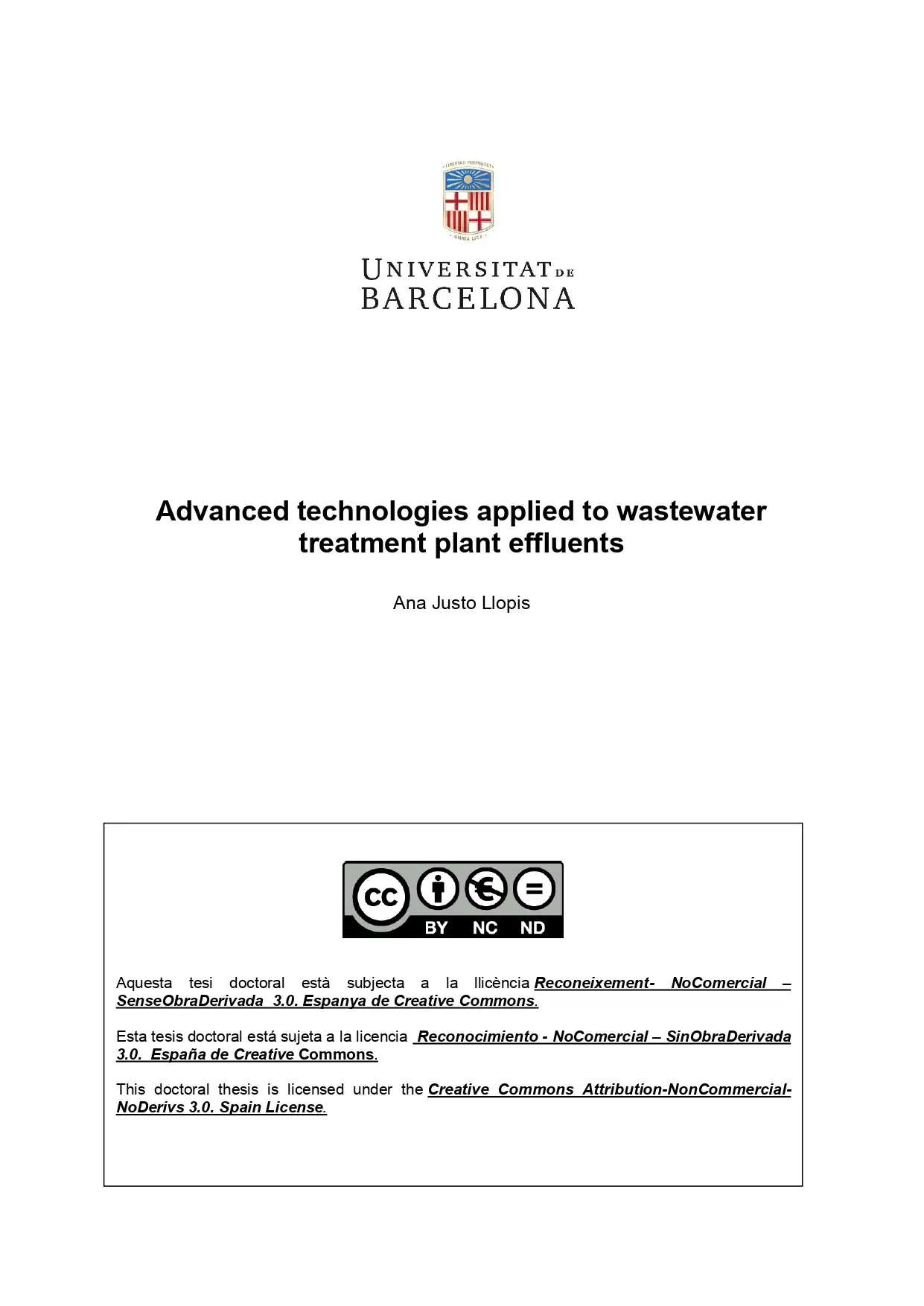
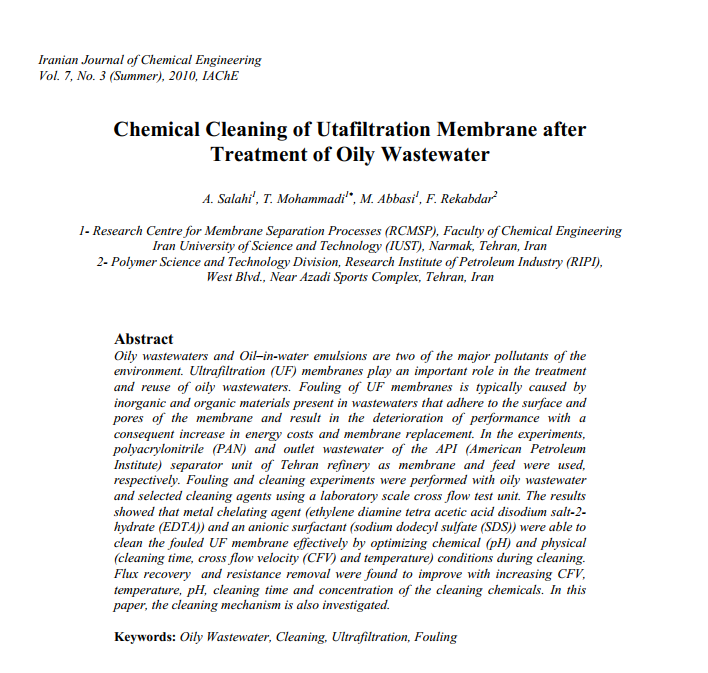

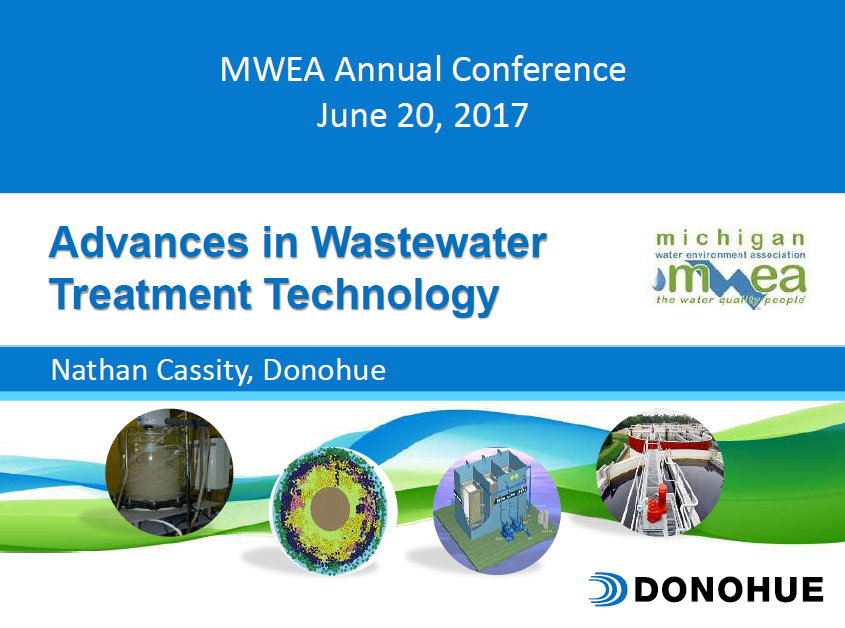
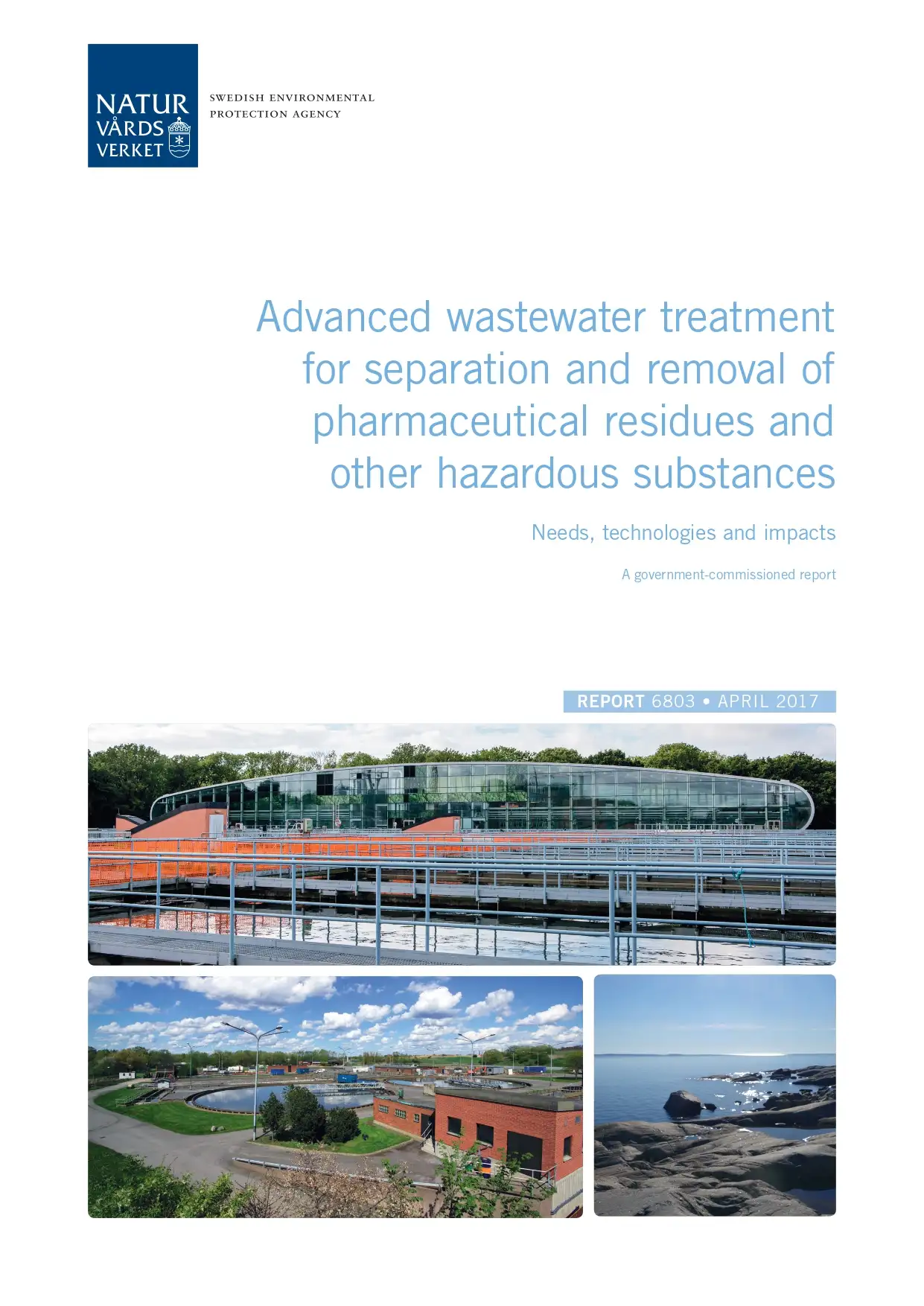
Reviews
There are no reviews yet.